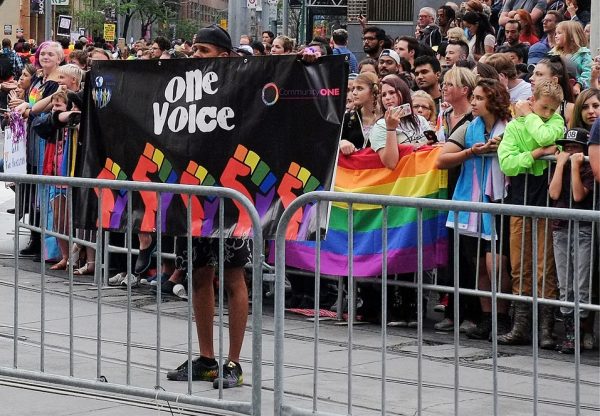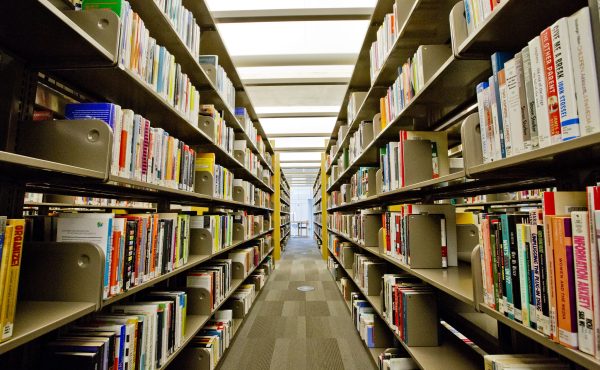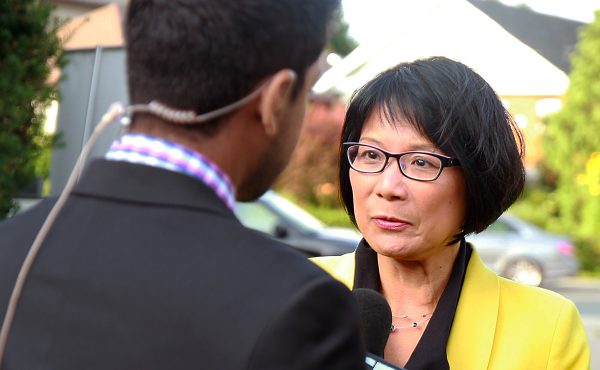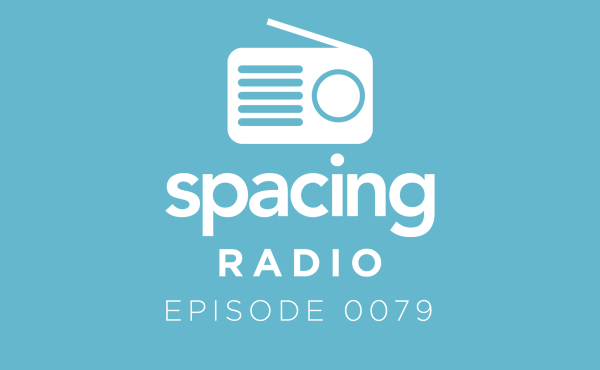Marquis is a queer young man living in the City of Brampton who enjoys commuting into the City of Toronto, where he attends classes at Ryerson University. He values his time spent in and around Ryerson, not just because he’s pursuing an academic degree, but because his classes are in close proximity to the few queer ethnic spaces in the city, where he and his friends convene: the second floor of Crew’s and Tangos on a Saturday night, New Ho Queen and Yes Yes Y’all Events, and the annual Blockorama Pride event. These days Marquis feels like he’s losing the sense of confidence he has built up as a queer young person within these queer ethnic spaces. He is disconnected from his queer safe havens and forced to re-closet himself as he social (physical) distances in his suburban community, which lacks supportive queer networks since his parents, roommates, and neighbours are not fully understanding of his sexuality.
Stories like Marquis’s are not uncommon or disconnected from who we are, as two queer emerging urban planners working within the LGBTQ2S community. We constantly hear these stories, have a personal understanding of them from our lived experience, and encounter them every day in our personal and professional lives. However, the experiences of queer youth and the queer community more broadly have been almost entirely erased from COVID-19 conversations.
Sometimes these experiences involve depression and alienation, as depicted in Marquis’s story, but other times they involve violence and persecution based on sexual orientation. In our line of work, we’ve encountered stories involving abuse and violence to members of the LGBTQ2S community, especially queer youth, who due to the financial or social complications caused by COVID-19 are forced to occupy unsafe housing situations. There has yet to be an explicit focus on queer and racialized youth, who are among the most vulnerable during the pandemic. Drawing on our knowledge of LGBTQ2S social development and urban planning, we hope to share personal insights we’ve gained from members of the queer community and address new pain and trauma affecting LGBTQ2S individuals as a result of the impacts of COVID-19 within the growing urban divide of Toronto.
Dr. Alex Abramovich, in a 2016 study, shares that 40,000 young people experience homelessness in Canada, and 25-40% of them identify across the LGBTQ2S spectrum. As queer and racialized emerging planners we often witness the death of accessible and affordable services that LGBTQ2S immigrant, refugee, and racialized youth rely on when they live in communities outside the downtown core. David Hulchanski’s research on the Three Cities of Toronto draws on census data that reveals that 50% of residents in Toronto’s suburban neighbourhoods are racialized, with majority of them situated in the city’s low-income neighbourhoods. Through our respective work with The 519, a queer and trans organization, and various community service branches in priority neighbourhoods,, we have supported, in a variety of ways, LGBTQ2S newcomer youth who have lived across the Neighbourhood Investment Areas of Toronto. From one-on-one settlement support, facilitating LGBTQ2S inclusion trainings, and teaching youth about life-skills and self-development, we are constantly working towards creating an inclusive and connected space for queer and racialized people in spaces where there are none.
With the pandemic, many queer youth face challenges with the expression of their identities at home and feel cut off from the physical spaces they would typically occupy. Though very limited, there are a handful of queer-ethnic communities that have thrived over the past ten years, many of them situated in the downtown core. By being cut off from these critical spaces, queer youth are now forced to either redirect, hide, or put limits on their ability to express themselves and their queerness, due to the pressures put on them from their peer, religious, and cultural communities.
The Human Rights Campaign, which is the largest national queer civil rights organization, conducted a survey in 2018 that was completed by more than 10,000 LGBT-identified youth. The results reveal that 26% of LGBT youth say their biggest problems are not feeling accepted by their family, while 42% of LGBT youth say the community in which they live is not accepting of the queer community. Queer youth who have returned to such neighbourhoods, outside or disconnected from the Church-Wellesley gay village, to practice proper distancing measures are struggling to remain safe and true to their identity as proud members of the LGBTQ2S community. Even the very need to re-closet oneself can have extreme consequences to one’s own mental and physical well-being. Thus, these traumatic and hyper-sensitive experiences accentuate the importance of symbolism that remotely affirms queerness across the GTA, not to mention accessible services.
Queer symbolism is lacking in various communities across the GTA, and virtually all queer spaces are situated in Downtown Toronto, especially in the Church-Wellesley area and a pocket along Queen Street West. This centering of queerness in progressive downtown Toronto communities creates major challenges during the pandemic. Queer youth who depend on transit mobility to access queer services such as the 519, and major queer symbols that provide a sense of safety and peace, are completely disconnected. Statistics Canada’s 2014 General Social Survey reports that for every 1,000 queer Canadians, 409 of them have reported being a victim of violence or assault due to their sexual orientation. Therefore, queer youth in suburban areas who are seeking queer aid/support from the 519 for violence or harassment-based cases are at risk, due to the impacts COVID-19 has on affordable transportation options.
It is evident that the LGBTQ2S community were already navigating challenges pre-COVID, such as the erasure of queer bodies of colour from various city spaces. As emerging planners we acknowledge that city-building and urban planning processes should be reflective and responsive to the well-being of queer racialized youth. Some actions that could be taken would be remembering to include queer young racialized voices when talking about COVID-19, especially in statistics looking at increased rates of domestic abuse or overall violence. We should also look into offering more monetary or voluntary support to non-profits and community-based initiatives aiding queer racialized youth during these times. In conversations about COVID-19, queer racialized youth should be centered and valued to ensure their lived experiences aren’t continuously ignored. These recommendations are few of many, but in order to spread them or similar ideas we are counting on the support of the queer community as well as allies of it, especially community leaders who hold space and share the voices of queer and trans folk of colour. Can we count on you to remember and support us?
Addendum – added on July 3, 2020
- Glad Day Bookshop
- Marvellous Grounds
- QTBIPOC Mississauga
- Peel in Colour
- CareMongering Peel: Peel Community Response to COVID-19
photo by Mary Crandall
Benjamin Bongolan is completing a Masters in Environmental Studies (MES)- Planning at York University. He is a Program Coordinator at The 519, an LGBTQ2S organization in Toronto and was a 2018 DiverseCity Fellow with the CivicAction Leadership Foundation. Most recently, Benjamin was honoured to receive the David Wurfel Award for Philippine Studies from the York Centre for Asian Research and the Alumni Emerging Leader Award from the University of Toronto- Victoria University.
Jc Elijah M. Bawuah is an emerging planner completing his Masters in Environmental Studies (MES) – Planning at York University, where he is researching the impact of city building practices on how queer, trans, Black, Indigenous, and people of colour (QTBIPOC) experience space. Jc Elijah is also a co-founder of the Mentorship Initiative for Indigenous and Planners of Colours (MIIPOC).




